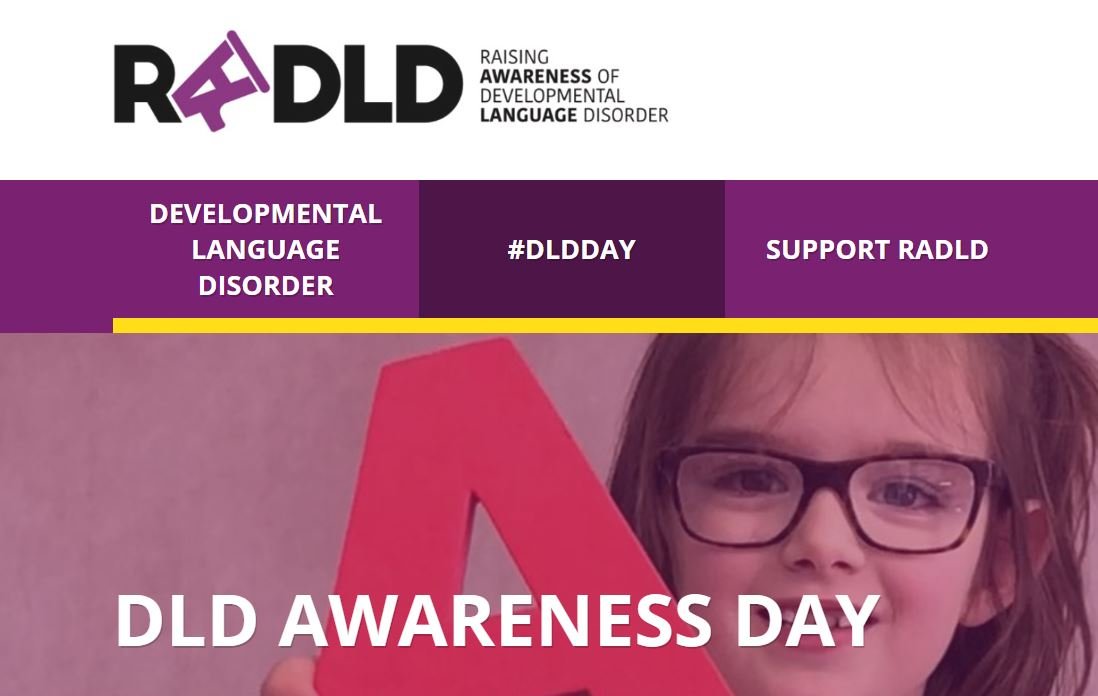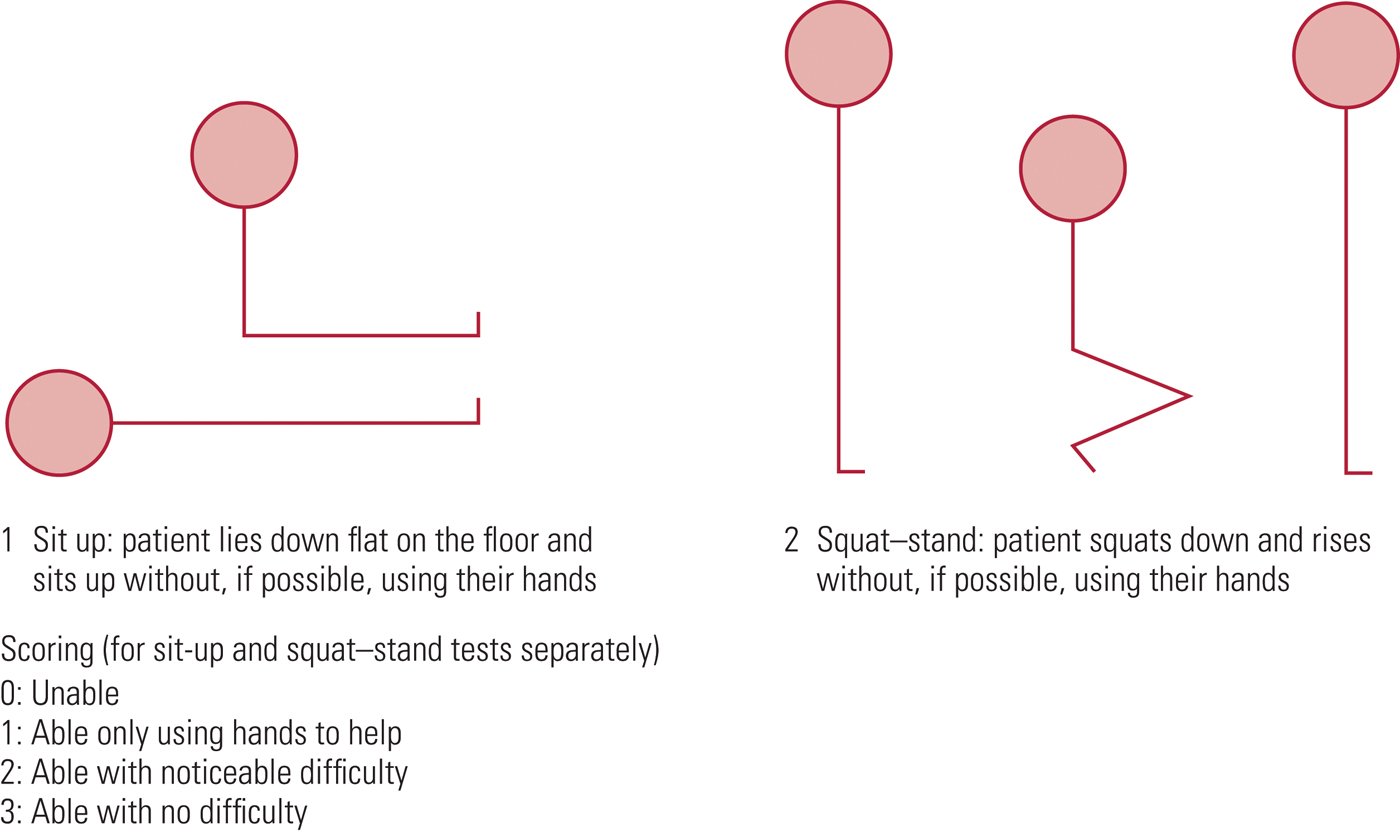Some useful bits and pieces this month, I hope. Pointers to a CPD opportunity on autism and eating disorders and October’s relevant awareness day for children with developmental language disorder. Also the updated Vitamin D guideline.


Some useful bits and pieces this month, I hope. Pointers to a CPD opportunity on autism and eating disorders and October’s relevant awareness day for children with developmental language disorder. Also the updated Vitamin D guideline.

It’s all about vitamins, minerals and supplements this month, with thanks to Dr Lisa Tadele for editing May’s newsletter. Do leave questions, comments or any other suggestions (backed up by evidence please) below:
With thanks to Dr Ed Dallas, paediatric registrar, for putting together a succinct guide to eating disorders and the management of re-feeding syndrome.
Re-introduction of nutrition to severely malnourished individuals can precipitate refeeding syndrome which may result in cardiac failure and death.
The key biochemical abnormality is hypophosphataemia, due to total body phosphate depletion and a shift of extracellular to intracellular phosphate when the body changes from a catabolic state to anabolic.
The risk is greatest in the initial stages of refeeding (first week). The incidence increases with decreasing BMI and if weight loss is rapid.
Anorexia is a serious, potentially fatal disease—while refeeding syndrome can be fatal, the risk from malnutrition and ‘underfeeding’ is much greater.
In A&E:
– Assess using SCOFF questionnaire and Sit-up/Squat test.
– Consider differentials for weight loss in children (e.g. Malignancy, hormonal, illness)
– Risk Assessment according to Junior MARSIPAN guidelines: Clinical parameters, location of care, compulsory admission/treatment, legislation (e.g. Gillick competence, Mental Health Act)
See Summary below of what to look for and when to be concerned!
Once admitted:
*Plot BMI on growth chart. To calculate percentage median BMI:
Percentage BMI = actual BMI (weight/height2) x 100
median BMI (50th percentile) for age & gender
Treatment & Re-feeding:
Patient should be fed in as normal a fashion as possible. If this fails, NG feeds should be considered early in the admission. Make the decision within 24 hours. Specialist paediatric dietician must be involved early.
Risk from Re-feeding Syndrome can be reduced by careful monitoring and paediatric dietician input into choice of feed composition. A diet too high in carbohydrates increases the risk of re-feeding syndrome.
Consider phosphate (and other) supplementation early. Replace and titrate according to bloods which should be taken just before the supplement is given. Stores are usually replenished after 1 week but continue for at least 2 weeks. Consider long term lower dose supplementation.
Re-feeding Bloods (U&Es, LFTs, Phosphate, Calcium, Magnesium) to be taken before re-feeding, 6 hours after starting and then daily for 2-5 days, then at 7-10 days, at least until 2 weeks. Ideally, bloods to be taken just before any supplementation are given (so levels are not falsely high).
Patients should not be ‘underfed’ for fear of refeeding syndrome: consider starting at 20 kcal/kg/day, 5-10kcal/kg/day if high risk
CAMHS
SCOFF questionnaire for screening Anorexia and Bulimia
Shown to have 100% sensitivity and a specificity of 89% for patients with anorexia and bulimia.
*One point for every “yes”
A score of ≥2 indicates a likely case of anorexia nervosa or bulimia
Young people with an eating disorder may deny all the above, in which case it is very important to use your clinical judgement, monitor the situation and provide follow-up.
Those who are High risk for re-feeding syndrome
→ May need a more cautious approach (5–10 kcal/ kg/day starting regimen) with twice daily bloods
Refeeding Plan:
WHAT SHOULD I START DOING?
WHAT SHOULD I STOP DOING?
Useful Summary of Marsipan guidelines from BMJ:
https://ep.bmj.com/content/edpract/early/2015/09/25/archdischild-2015-308679.full.pdf?keytype=ref&ijkey=zgb4e3x2vGIWEmL
Link to FULL Junior Marsipan Guidance from RCPSYCH (75 page PDF):
https://www.rcpsych.ac.uk/docs/default-source/improving-care/better-mh-policy/college-reports/college-report-cr168.pdf?sfvrsn=e38d0c3b_2
Medical Management of Anorexia Nervosa:
Managing Anorexia; BMJ Review:
https://adc.bmj.com/content/96/10/977
Hypophospataemia in Anorexia Nervosa; BMJ review:
https://pmj.bmj.com/content/77/907/305.full

Bloody diarrhoea this month. Inflammatory bowel disease patients are getting younger. Also croup and acanthosis nigricans, 2 things that probably don’t go together very often. Do leave comments below.
This month brings a handout entitled “Towards a healthy lifestyle…” which is a collaboration between dietitians, physiotherapists, psychiatrists and paediatricians at Homerton Hospital. We have found many families are keen to do something about their child’s weight but don’t know where to start. Hopefully this friendly article aiming for families to be “healthy enough” is a good place to start.
Also a bit on faltering growth, on-line safety, BRUE and the investigations that do not need to be done. Tachycardia is (of course) mentioned again. Do leave comments below.
September’s newsletter reminds us of the CPD requirements for child safeguarding for all of us, warns us of the dangers of missing Kawasaki Disease, talks about PHE’s #askaboutasthma campaign and describes the differences between fever and sepsis. Do leave comments below:
NICE on faltering growth this month, paediatric stroke, a reminder of the new epilepsy classification and a contribution from the safeguarding team on what constitutes a “legal high”? Do leave comments below:
A bit more on babies’ stooling habits this month, NICE’s update on the epilepsies and glycosuria. Also the annual round up of useful blogs to get newcomers off to a good start in their paediatric practice. Please do leave comments below:
The burns triage tool this month plus a bit on urinalysis (pH) and the start of our decoding the FBC series. Also a reminder about the MAP guideline for management of CMPA in primary care, a link to some good courses on this topic and to a document I have put together on milks to use in the UK for CMPA.
January 2016 newsletter continues on the theme of asthma and covers internet safety, IDA and early weight loss in breastfed babies. Do leave comments below: